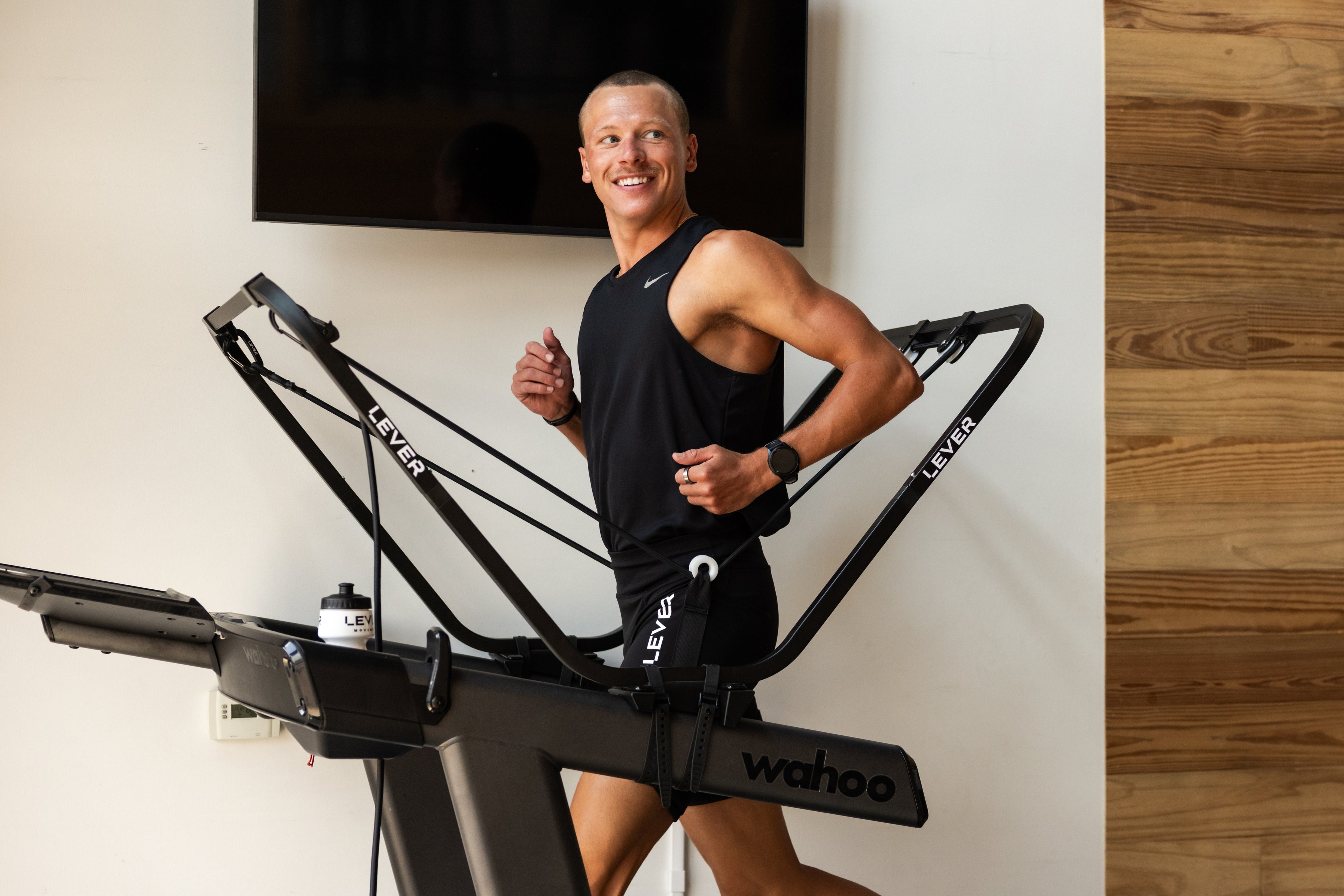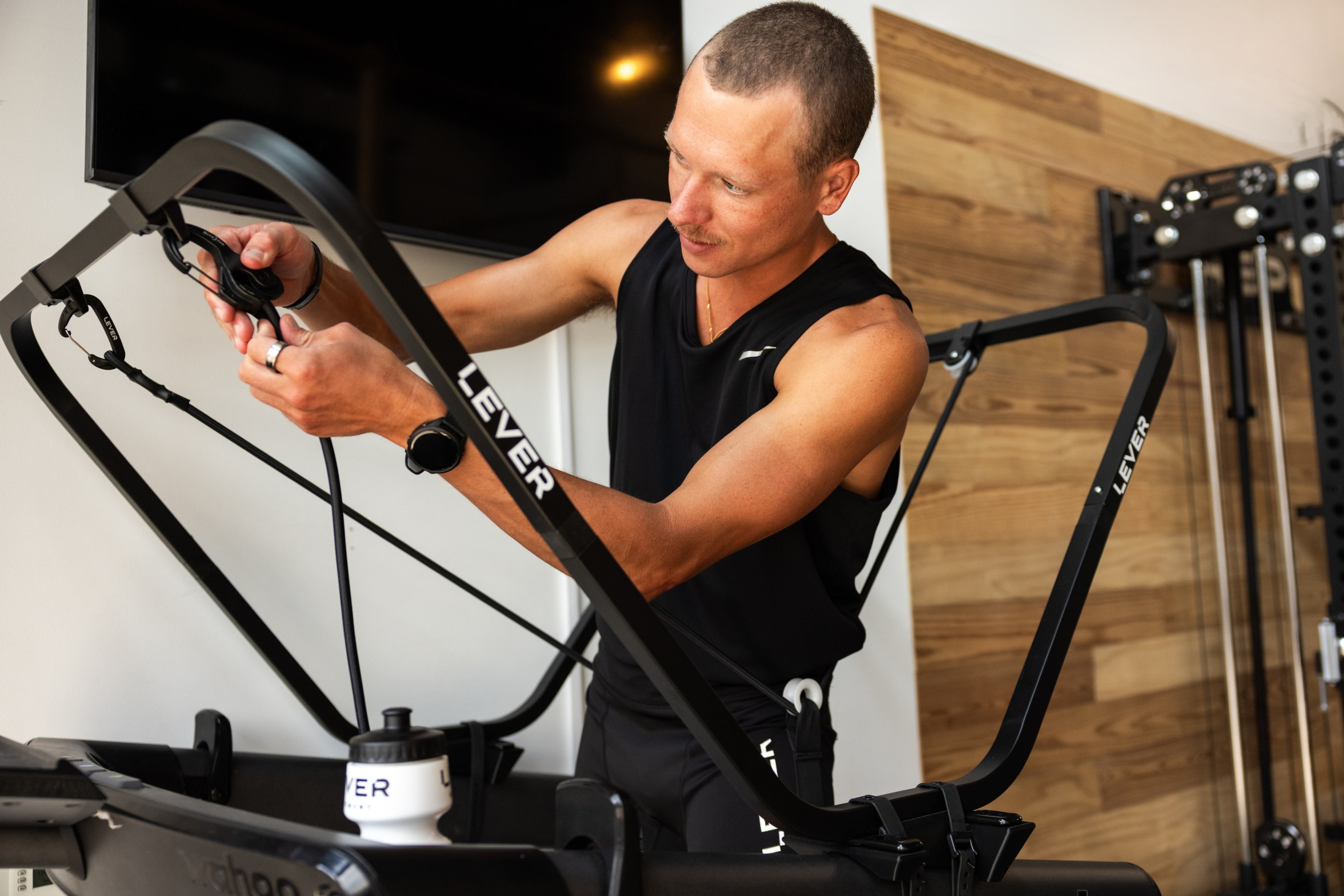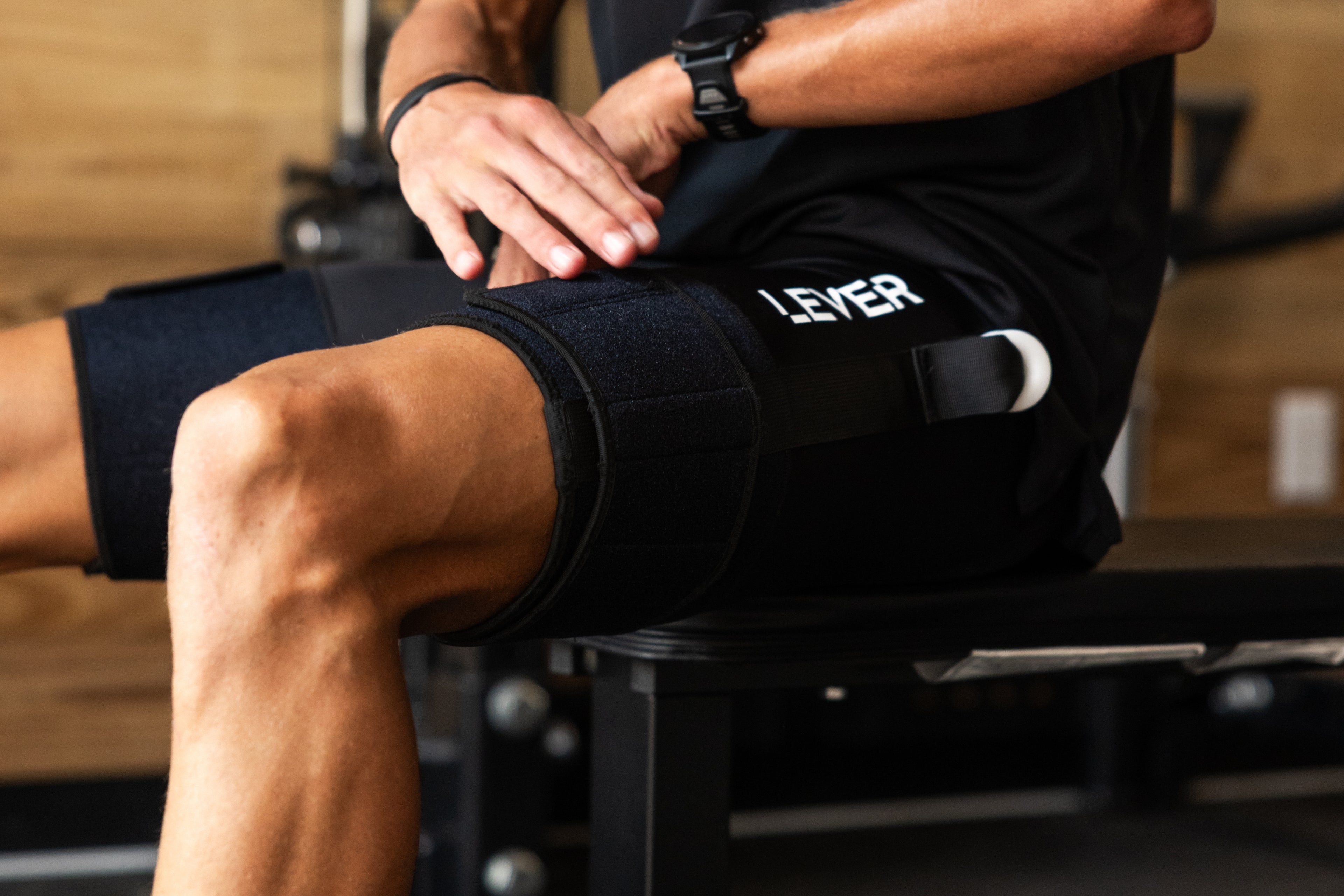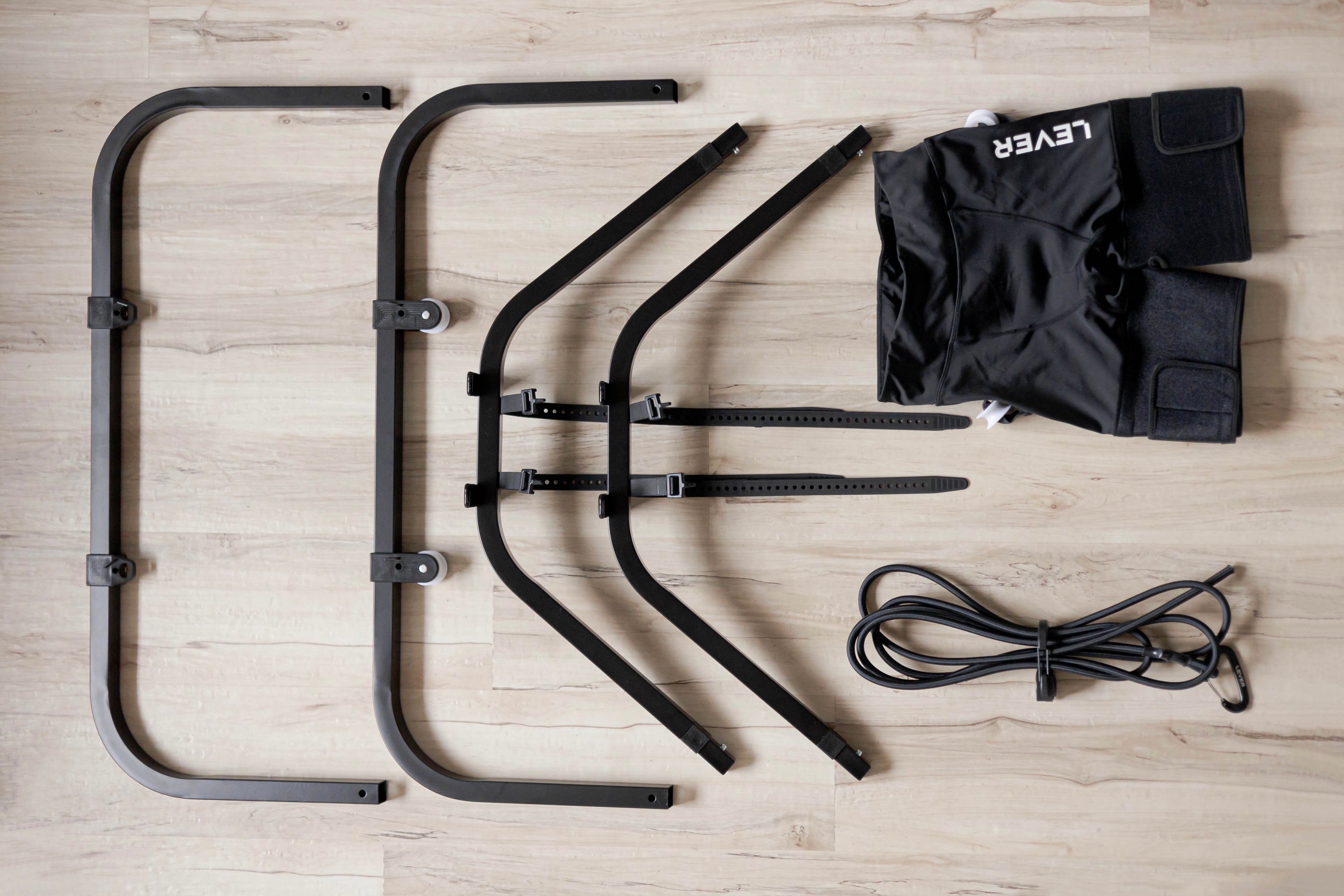If you’re a runner, chances are you’ve felt that nagging pain along the inside of your shin. It starts as a dull ache and can quickly become sharp, persistent, and performance-limiting. That pain? It’s likely shin splints, or more specifically, medial tibial stress syndrome (MTSS) a common overuse injury that affects runners of all levels.
But the good news is: with the right approach, you don’t have to stop running completely. Tools like the LEVER system allow you to reduce impact forces, continue training, and return to full strength with confidence.
What Are Shin Splints?
Shin splints refer to pain along the inner edge of the shinbone (tibia), caused by inflammation of muscles, tendons, and bone tissue due to repetitive stress.
📊 How common are they?
According to research, MTSS accounts for 13–17% of all running injuries and is particularly common among new runners and athletes increasing volume too quickly (Moen et al., 2009).

What Causes Shin Splints?
Several factors contribute to shin splints, including:
-
Sudden increases in training load or intensity
-
Running on hard surfaces or with poor footwear
-
Weakness or tightness in the calves and ankles
-
Poor biomechanics or excessive pronation
-
Inadequate recovery between sessions
🔁 The key issue? Too much load, too soon.
How LEVER Helps Runners with Shin Splints
The LEVER system uses body weight support to reduce the impact your body absorbs during each step. This is critical for shin splints, which are directly related to repetitive impact forces on the lower leg.
📚 Scientific Backing:
-
A study by Willy et al. (2016) showed that reducing body weight by just 10–20% during treadmill running can significantly lower tibial stress loading.
-
Positive pressure treadmill studies (e.g., Farina et al., 2017) also show meaningful reductions in lower leg impact forces, making BWS ideal for early-stage recovery.
💡 With LEVER, you can offload up to 45 lbs of your body weight, allowing you to maintain fitness without further irritating the shin.

Benefits of Using LEVER for Shin Splints
✅ Reduce repetitive impact on the tibia
✅ Stay consistent with low-impact runs
✅ Maintain aerobic conditioning through recovery
✅ Adjust load as pain decreases to safely return to full weight
Whether you’re in the early stages of pain or returning to full training, LEVER gives you control over your recovery timeline.
Sample LEVER Progression for Shin Splints
| Week | Body Weight % | Duration | Notes |
|---|---|---|---|
| 1–2 | 70–75% | 15–25 min | Focus on pain-free movement |
| 3–4 | 80–85% | 20–30 min | Introduce strides or light tempo |
| 5–6 | 90–100% | 30+ min | Gradual return to outdoor running |
Always follow a pain-guided approach and consult with a PT or sports medicine professional.
Shin Splints Don’t Have to Derail Your Training
You don’t have to stop running—just run smarter. With LEVER, you can train through shin splints by reducing the stress on your legs, improving movement quality, and maintaining your aerobic base during recovery.
It’s not about doing less—it’s about doing what your body needs to heal stronger.
📦 Learn how runners around the world are using LEVER to overcome injuries like shin splints. Explore more at levermovement.com.





















